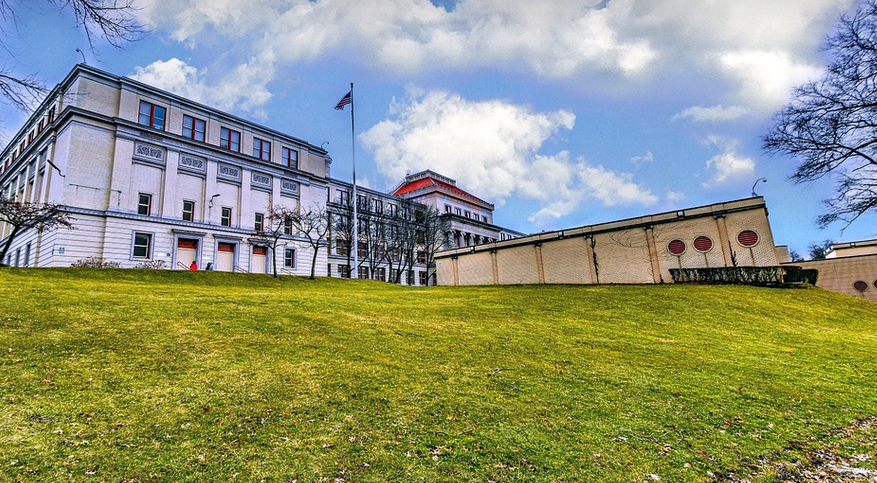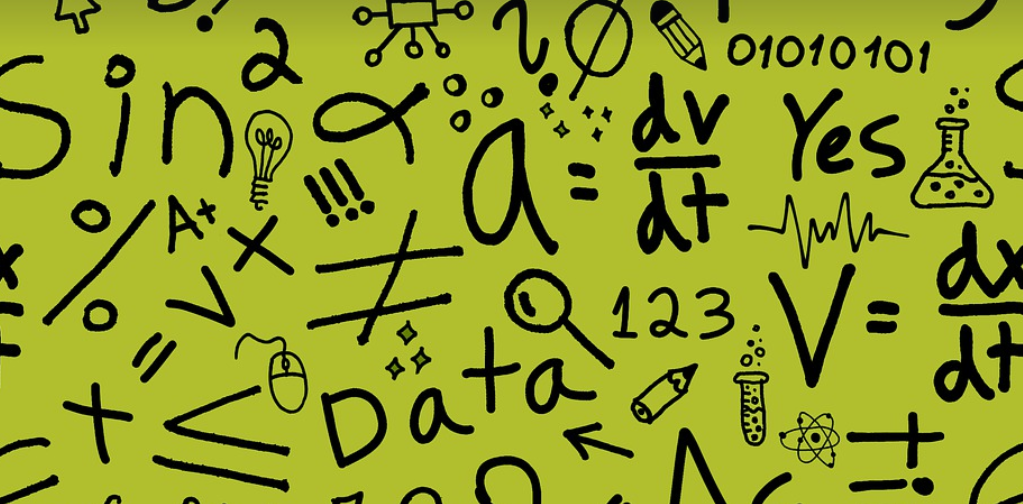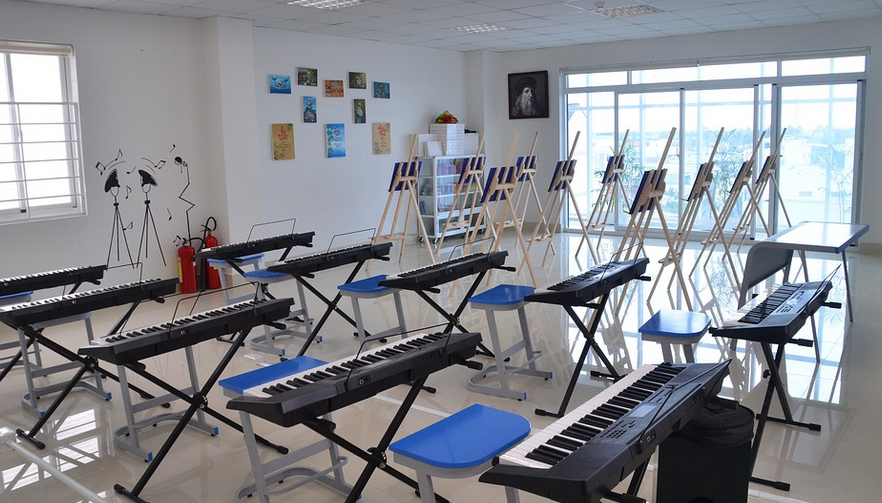
The Unconventional Shape of a Training Field
Imagine a world where your training field takes on a completely different shape. You know, the kind that makes you say “huh?” and wonder how it works. That’s exactly what we are exploring today! Today we delve into the fascinating realm of “training fields” formed by joining rectangles – a concept that might seem like a quirky urban legend but is actually rooted in the core principles of data visualization.
A training field, unlike its traditional counterparts with neatly defined boundaries, takes on an intriguing, almost artistic approach. It’s not just about drawing lines; it’s about understanding how these lines can interact and create something new.
But why the “rectangle” emphasis? Imagine you’re trying to understand a complex landscape – maybe weather patterns or stock market fluctuations. Instead of seeing it as one giant blob, you start breaking it down into manageable units, those familiar rectangles. Why? Because they represent real-world entities that can be easily understood and categorized.
This “rectangle” approach in training fields is not about just making things look good; it’s about the underlying logic of data organization. Think of it as building a skyscraper: you first lay down the essential foundation – the rectangles – before adding floors (more complex data layers) and finally reaching the top.
The beauty of this method lies in its versatility. Whether you are analyzing sports performance, predicting financial trends or even understanding the movement of ants in a colony, training fields can help visualize these intricate processes with unprecedented clarity.
But how exactly do we create a training field? It all starts with data – like raw materials for any project. You need to gather relevant details about your subject and arrange them into neat rows. These rows become the building block of your rectangle, representing distinct variables or categories.
With these rectangles formed, you can start to see how they interact. For example, if you were studying a football team’s performance, you might have one set of rectangles for offensive stats and another for defensive stats. You then join these rectangles together in a way that creates a visual representation – an abstract blueprint of their strengths and weaknesses.
But the magic happens when we combine this graphical approach with computational power. By employing algorithms and sophisticated data-processing techniques, you can create dynamic simulations, projections, and predictions. This allows for a deeper understanding of your subject and potential outcomes.
The Power of Simplicity: Why ‘Joining Rectangles’ Works
The beauty of this “joining rectangles” approach lies in its simplicity. It breaks down complicated problems into manageable pieces, making them easier to understand and solve. Imagine trying to analyze a hurricane’s path on your kitchen table – a daunting task! But if you use training fields, that same complex phenomenon can be visualized as several interconnected rectangles representing the different weather patterns contributing to its formation.
Think of it like a puzzle: each rectangle represents a piece of the bigger picture. By joining these small pieces together, we create a complete and understandable image – a training field. This method helps us see the big picture in a clear, organized way.
Furthermore, this approach fosters a sense of collaboration and teamwork. Imagine five scientists from different countries coming together to analyze a global health crisis through data visualization using training fields. By sharing their perspectives and insights using these visually compelling representations, they can collaborate more effectively.
This method is not just for academics or scientists; it’s also useful in everyday life – think of visualizing your personal finances, planning a trip, or even managing a community garden. It doesn’t matter the field of application: the core principles remain the same.
Beyond the Classroom: The Impact of Training Fields in Different Industries
The potential applications of training fields extend far beyond traditional domains like academia and research. This innovative approach is making its mark across a diverse range of industries:
- Healthcare: Training fields are being used by medical professionals to visualize patient data, understand disease progression, and predict potential health risks.
- Finance: Financial analysts are using training fields to analyze stock market trends and develop investment strategies with greater precision.
- Transportation: Engineers are utilizing training fields to design more efficient and sustainable transportation systems.
- Sports: Coaches can use them to better understand player performance, optimize training programs, and predict their future potential.
The ability of training fields to translate complex data into easily understandable visual representations is revolutionizing the way we approach problem-solving across various sectors. It’s about finding new ways to solve problems by understanding the bigger picture rather than just digging into complicated details.
The Future of Training Fields: A Journey Towards Interconnectedness
As technology continues to evolve, so will training fields. We can expect to see even more sophisticated tools and techniques that empower us to delve deeper into data complexity. Imagine visualizing the intricacies of global climate change or predicting the emergence of new diseases with unprecedented accuracy.
This interconnectedness through data visualization is at the heart of what makes these “training fields” so remarkable. It’s about building bridges between seemingly disparate concepts and understanding how they interact to create a larger, more complete picture.
The journey into the world of training fields isn’t just about creating art; it’s about unlocking new possibilities for data analysis and problem-solving.





